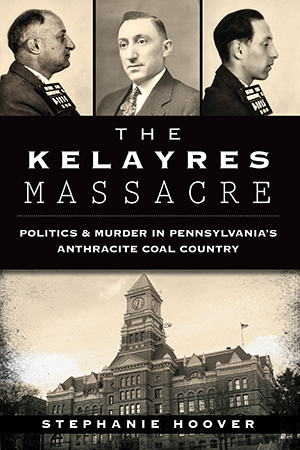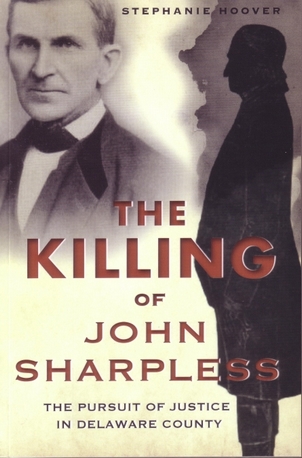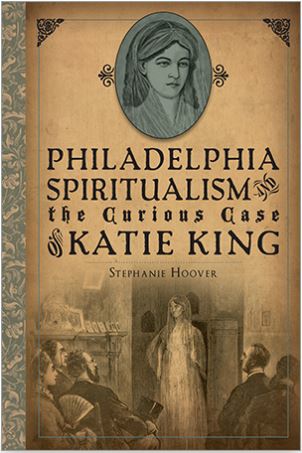Pennsylvania's Historical Industries:
Candy
© Stephanie Hoover - All Rights Reserved
On Halloween there is a good chance that the candy you offer the trick-or-treaters on your doorstep was first created in Pennsylvania. Candy corn, peanut butter cups, three-dimensional marshmallow sweets and other well-known favorites are all products of Pennsylvania confectioners.
Early confectioners viewed candy production and consumption as seasonal, typically from March to November. Equipment consisted mainly of copper kettles and marble slabs. Large furnaces heated sweet mixtures and melted chocolate. Some candy makers specialized in hard candies while others concentrated on salted peanuts and "prize bags" containing a mixture of nuts, candies and a small toy. The majority of confectioners created classic candies: chocolates, caramels and creams.
The largest of the candy makers could employ one hundred or more people. In Pittsburgh at the turn of the 20th century for example, seventeen candy factories employed 1,240 workers. Like all industries, certain candy jobs were considered to be valuable specialties. "Chocolate dippers" were prized and received higher pay. The position required an intuitive familiarity with the chocolate and its workable temperature if the resulting candies were to be salable. Other candy-making jobs included runners (who carried buckets of melted candy from the furnace), stringers (who walked back and forth filling candy molds and trays), packers and labelers. Pay ranged from about $5 to $7 per week.
Ads for confectioners can be found in the earliest newspapers and city directories. In the June 13, 1765 issue of the Pennsylvania Gazette, Henry Roosen, lately arrived from London, informed Philadelphians that he had opened a shop on Chestnut Street. On August 9, 1775 Patrick Wright opened his shop on Market Street "next to Mr. Dunlap, printer." But while county histories are replete with mention of confectioners whose names have faded into history, a surprising number of Pennsylvania candy makers are recognizable or profitable firms to this day.
Stephen F. Whitman opened his candy shop in the Philadelphia shipyards in 1842. He bought exotic candies from the returning sailors and resold them. This idea resulted in the eventual creation of the Whitman Sampler®, first sold in faux-embroidered boxes in 1912.
David L. Clark founded his self-named company in 1886. He manufactured candy in his Pittsburgh (then Allegheny) home and sold it on the city's street corners. By 1911 Clark was prospering. He moved the company to a former cracker factory on Pittsburgh's North Side. He operated the D. L. Clark Company for thirty years creating such favorites as the Clark® and Zagnut® bars.
Candy corn, perhaps the most recognized Halloween candy of all, was created in the 1880s by George Reninger, an employee of Philadelphia's Wunderle Candy Company. Although Wunderle passed into oblivion, the Goelitz Candy Company of Illinois assumed production of candy corn around 1900 and the treat is still very much in demand today.
1928 saw the introduction of the Reese's Peanut Butter Cup®. Harry Burnett (H.B.) Reese, a former dairy employee of Milton S. Hershey, believed his treat could be a success, even in view of his competition. By 1957 the demand for his peanut butter candies necessitated construction of a 100,000 square foot facility built less than a mile from Hershey's main street factory. In 1963 the H. B. Reese Candy Company was sold to Hershey Foods for $23.5 million.
The famous "marshmallow peep" was invented by the Rodda Candy Company of Lancaster but it was a Russian immigrant who turned it into a nationwide success story. Sam Born first immigrated to New York where he opened a candy shop. Not only were his candies fresh, but as his sign told customers, they were "just born." In 1932, Born moved his business to Bethlehem, Pennsylvania. An innovator, Born is credited with inventing "jimmies" (ice cream topping bits), the hard chocolate coating on ice cream bars, and a machine to insert lollipop sticks. When Born purchased Rodda the marshmallow candies were made by hand but he quickly automated and expanded the line. Today, Just Born, Inc. is the world's largest manufacturer of novelty marshmallow treats and their slogan has become "Peeps. Always in season™."
No discussion of the Pennsylvania confectionery industry would be complete, of course, without including Milton Snavely Hershey. A Mennonite, Hershey's ancestors immigrated to Pennsylvania in 1717 from the German Palatinate. Milton Hershey was born in Derry Township, Dauphin County on September 13, 1857. Hershey's mother Veronica (Fanny) Snavely was a strict, religious woman. His father, Henry, began and failed at seventeen careers, according to Paul A. W. Wallace's 1962 work Pennsylvania: Seed of a Nation.
Hershey was educated in one-room schools only achieving an elementary school level of instruction. It was in Lancaster candy maker Joe Royer's kitchen that Hershey discovered his life's pursuit. Trying and failing at numerous enterprises in Philadelphia, Chicago, New Orleans and New York (many at the suggestion of his father), Hershey returned to Lancaster where relatives tried to avoid his inevitable requests to borrow money. Luckily, his mother's sister Mattie did lend Milton enough money to start making fresh-milk caramels, and Hershey became a success.
In 1900 Hershey sold his caramel business for $1 million and chose Derry Township, his birthplace, as the site of the chocolate factory he now planned to build. It was this factory that introduced Hershey's "milk chocolate" to the world. In 1906 the familiar, foil-wrapped chocolate kisses were born. Miniature chocolate bars debuted in 1939, and in 1982 the movie "E.T." made Hershey's Reese's Pieces® a household name. Today Hershey's is one of the world's largest candy makers.
The confectionery business has changed drastically over the last 100 years. As with broadcasting, banking, and cable, the trend toward consolidation has had an enormous impact. In 1900 there were over 1,000 manufacturers employing about 27,000 workers. Today the industry is dominated by a small cadre of giants. Fortunately for Pennsylvanians, our role in confectionery history is a sweet story we can share with generations to come. ~SH
Want to learn more about Pennsylvania's Halloween (and candy) traditions? Read The History of Halloween in Pennsylvania on our sister site, Hauntingly PENNSYLVANIA™.


